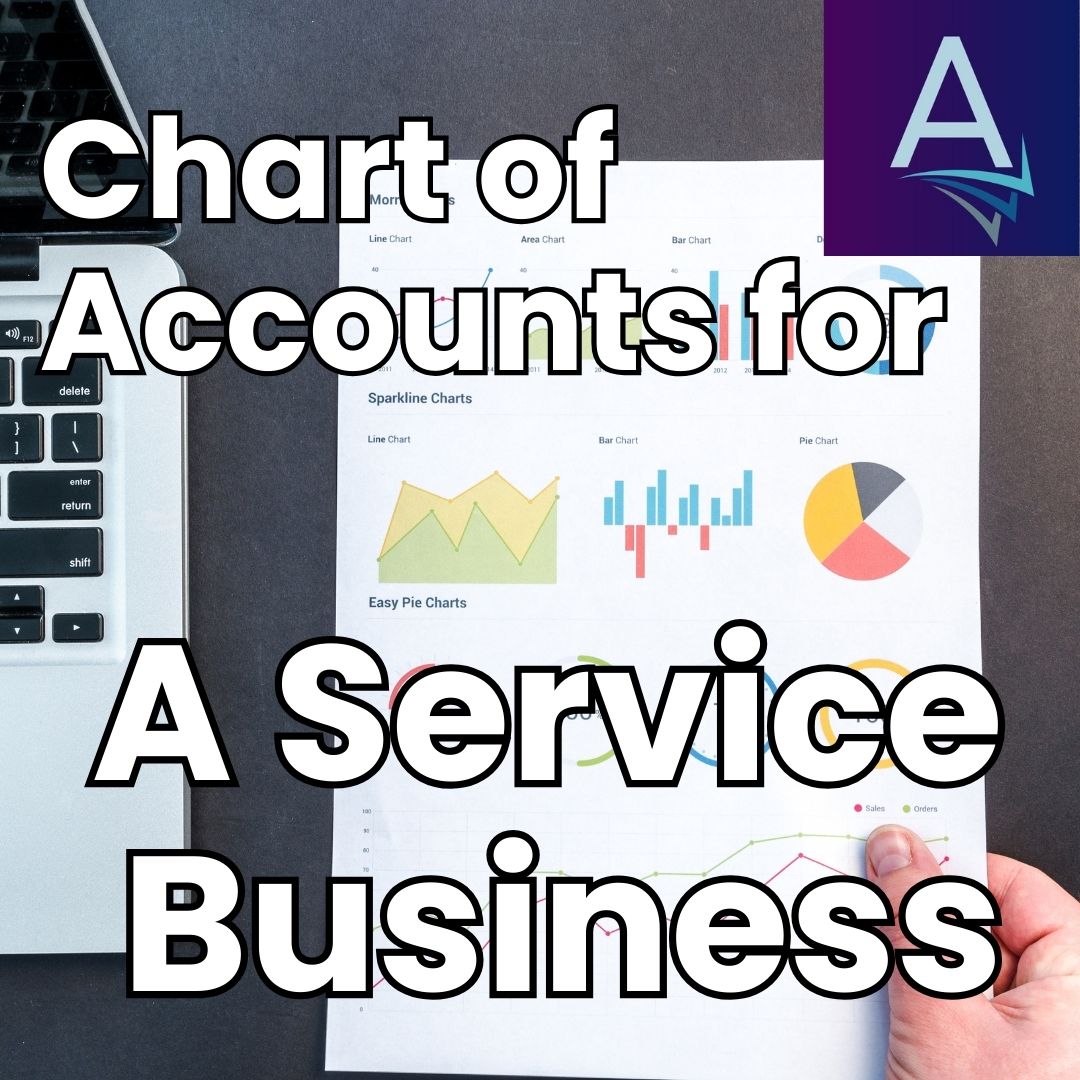This is a tutorial for people starting a new business. For more business tutorials, see the tutorials section.
If you’re just starting a service-based business, a proper chart of accounts will help you:
- Track income and expenses accurately
- Make tax season easier with clear records
- Gain insights to make smarter business decisions
Let’s figure out what you really need to get started. I’ll first address the number code systems and then present to you accounts in your Chart of Accounts that will matter in your service-based business. While not every service-based business is the same, most of these will apply to you if you’re just starting out, and you can add more accounts if it makes sense for you.
The Accounts You Actually Need at the VERY Beginning
Again, a massage therapist is not a consultant, who also is not a lawyer or a graphic designer, so your needs might be a bit different, and you can add accounts as they make sense to your situation. However, these will likely be most important to you now, just starting out by yourself:
Assets
- Cash (in business bank account. Read HERE why that’s important)
- Undeposited Funds
- Accounts Receivable
- Equipment
- Office Supplies (listing what you have, not the expenses, which are recorded later)
- Accumulated Depreciation – Equipment
- Accumulated Depreciation – Vehicle (if you bought and use one exclusively for business)
- Accumulated Depreciation – Building (if you bought a building to use exclusively for your business)
Liabilities
- Current Liabilities (Stuff you owe in less than 1 year)
- (Short-term loans – 1 account for each)
- Accounts Payable (Long term loans greater than 1 year – 1 account for each)
Equity
- Owner’s draw – to take profits out of the business and pay you.
- Owner’s Investment (or Contribution) – helpful if you accidentally make a business expense with your personal bank account or are transferring money from personal to business for investment purposes.
- Owner’s Pay and Personal Expenses (if you accidentally make a personal expense with your business account)
Income/Revenues
- Sales Revenue
- Sub account: Service 1
- Sub account: Service 2 Etc.
- Other revenues
- Bank account interest
- Gain on sale of assets (if you sell old equipment when buying new)

Expenses
- Cost of Services (Anything that, without buying it, you cannot provide the service and these expenses go up the more customers you serve)
- Fixed costs (Things you must pay for even if you make zero sales. One for each: gas, electric, water, rent, insurance)
- Business structure expenses (Annual filing, Licensing, Registered Agent, etc. as applicable)
- Marketing/Advertising Expense
- Office Supplies
- Accounting Software
- Website Hosting
- Website Domain
- Other SaaS (software as a service expenses – like Microsoft, Photoshop, etc)
- Bookkeeper expense
- Depreciation expense (Building, Vehicle, Equipment – one account for each as appropriate)
- Legal Fees
- Bank Fees
- Coaching/Consulting Fees
This should get you started. If I missed any that you think are important, put them down in the comments below.
To have me do your bookkeeping for you, and settle these chart of accounts issues once and for all, schedule a free strategy call with me to talk about your situation and how I can save you 80+ hours per year on your bookkeeping.


Leave a Reply